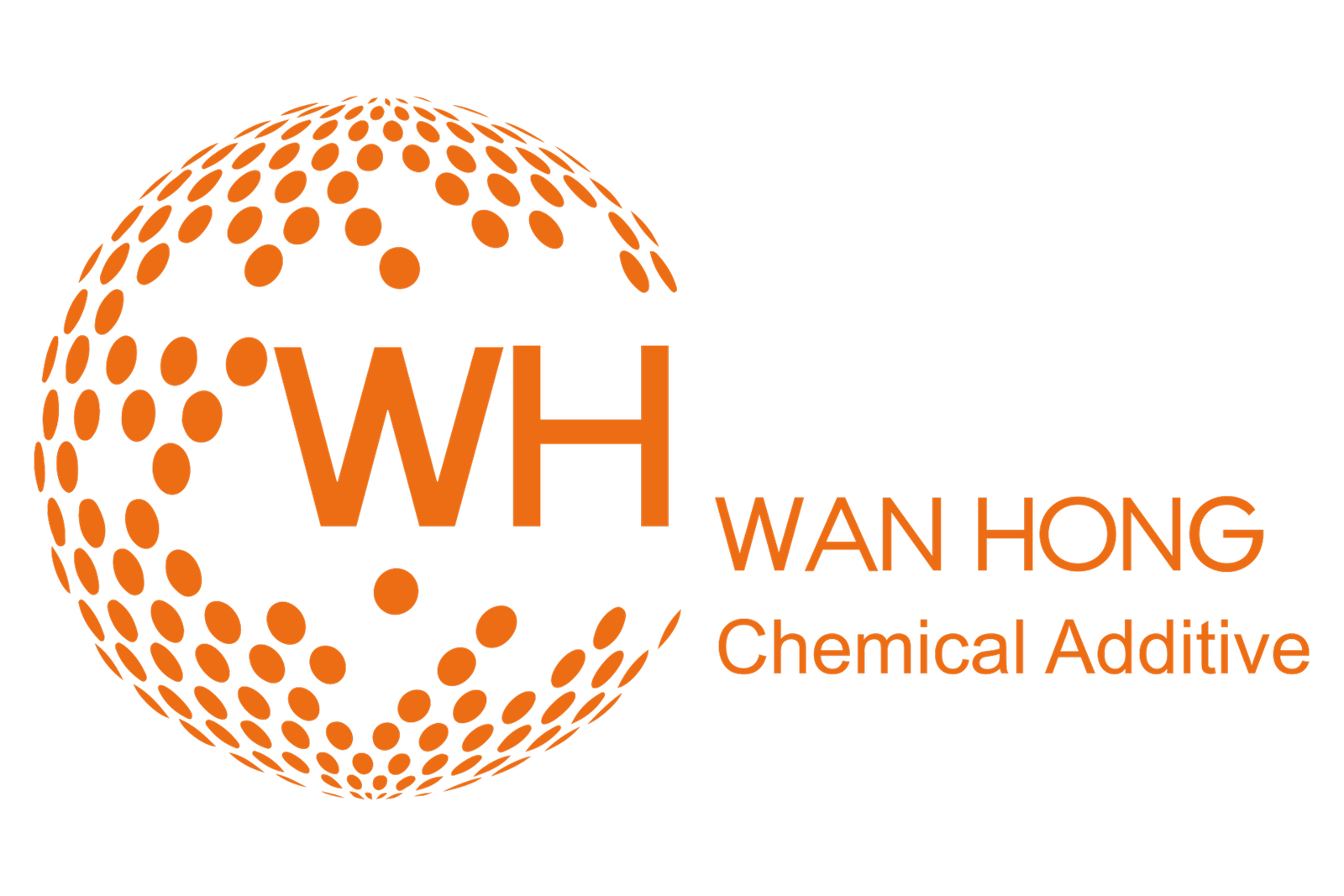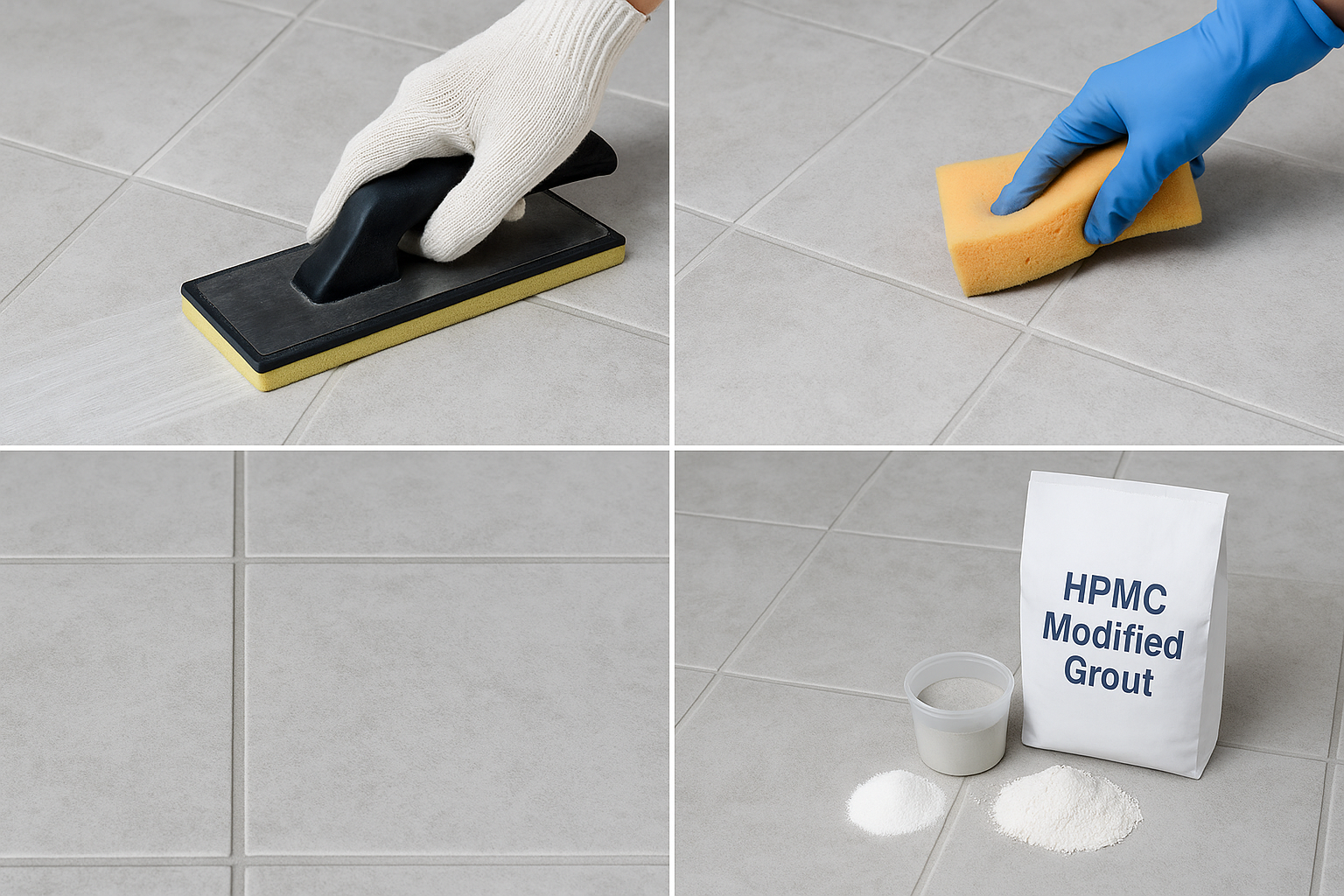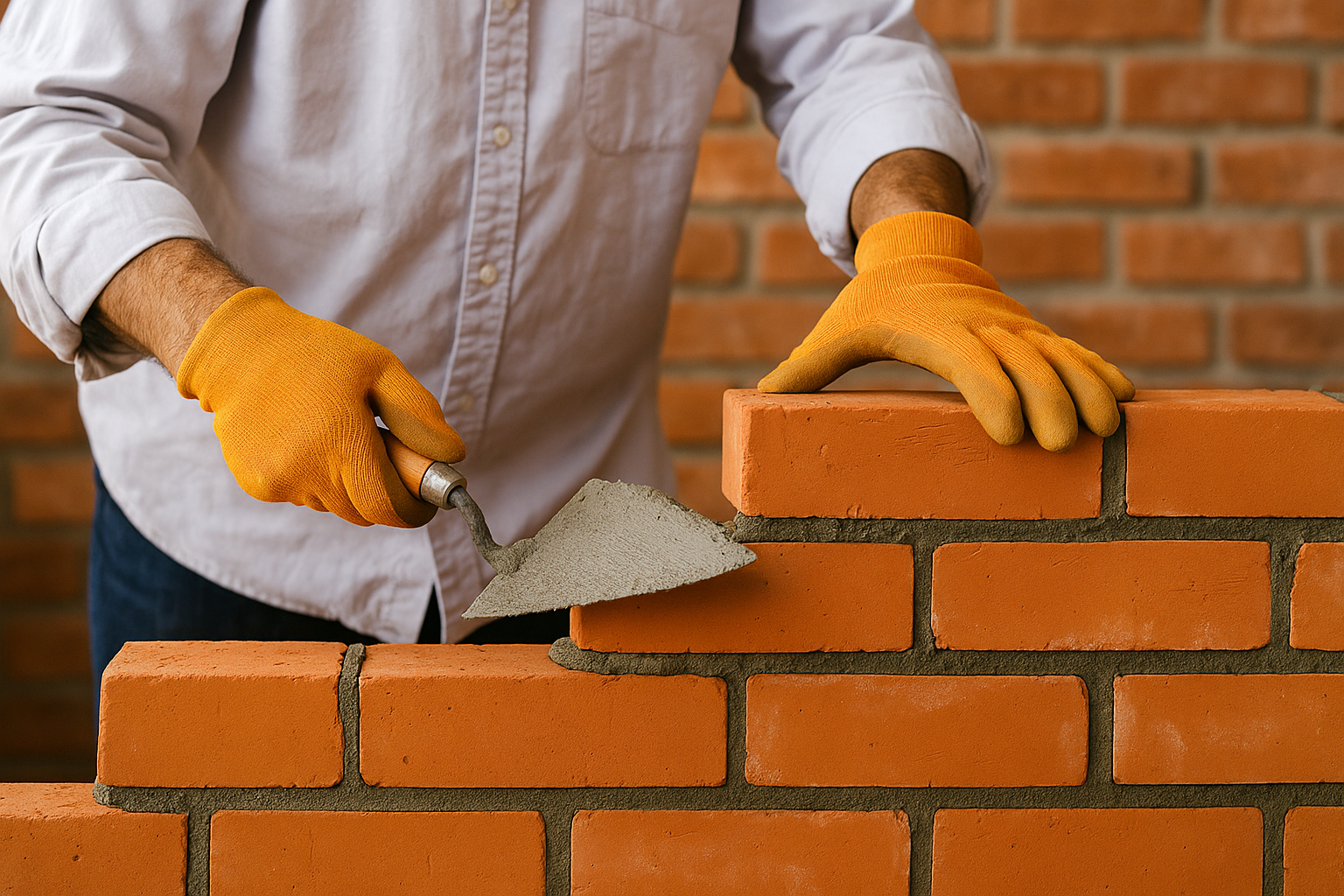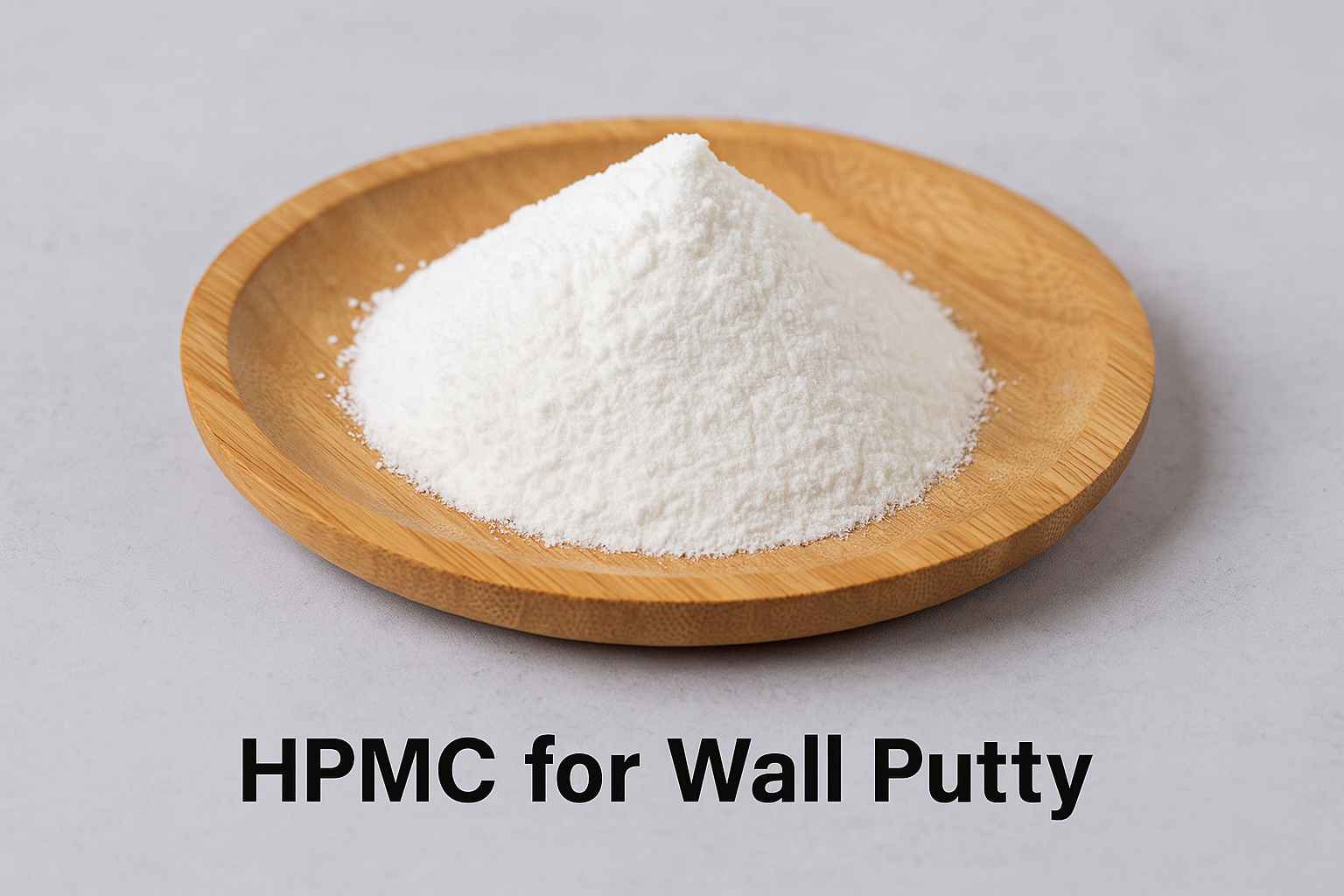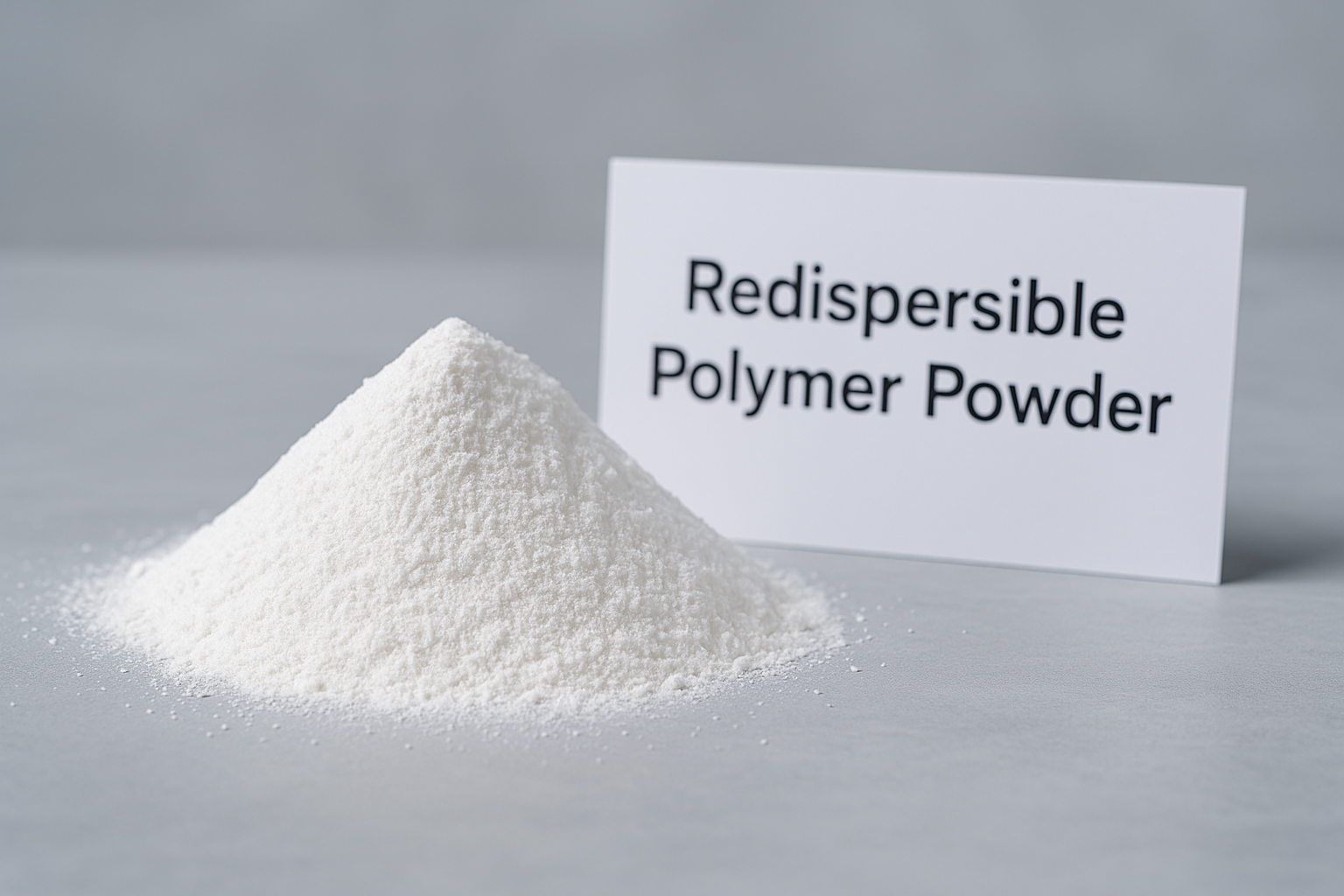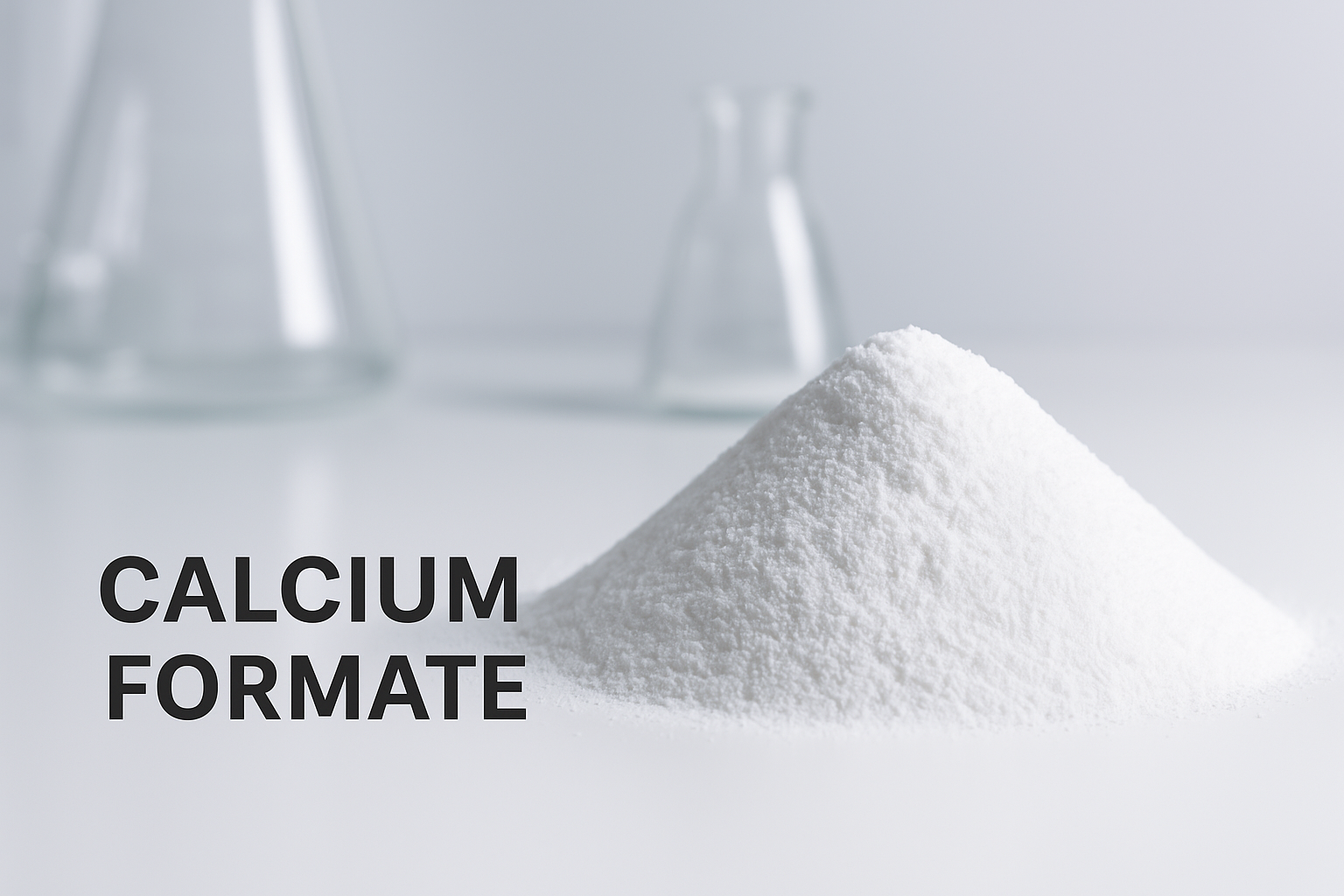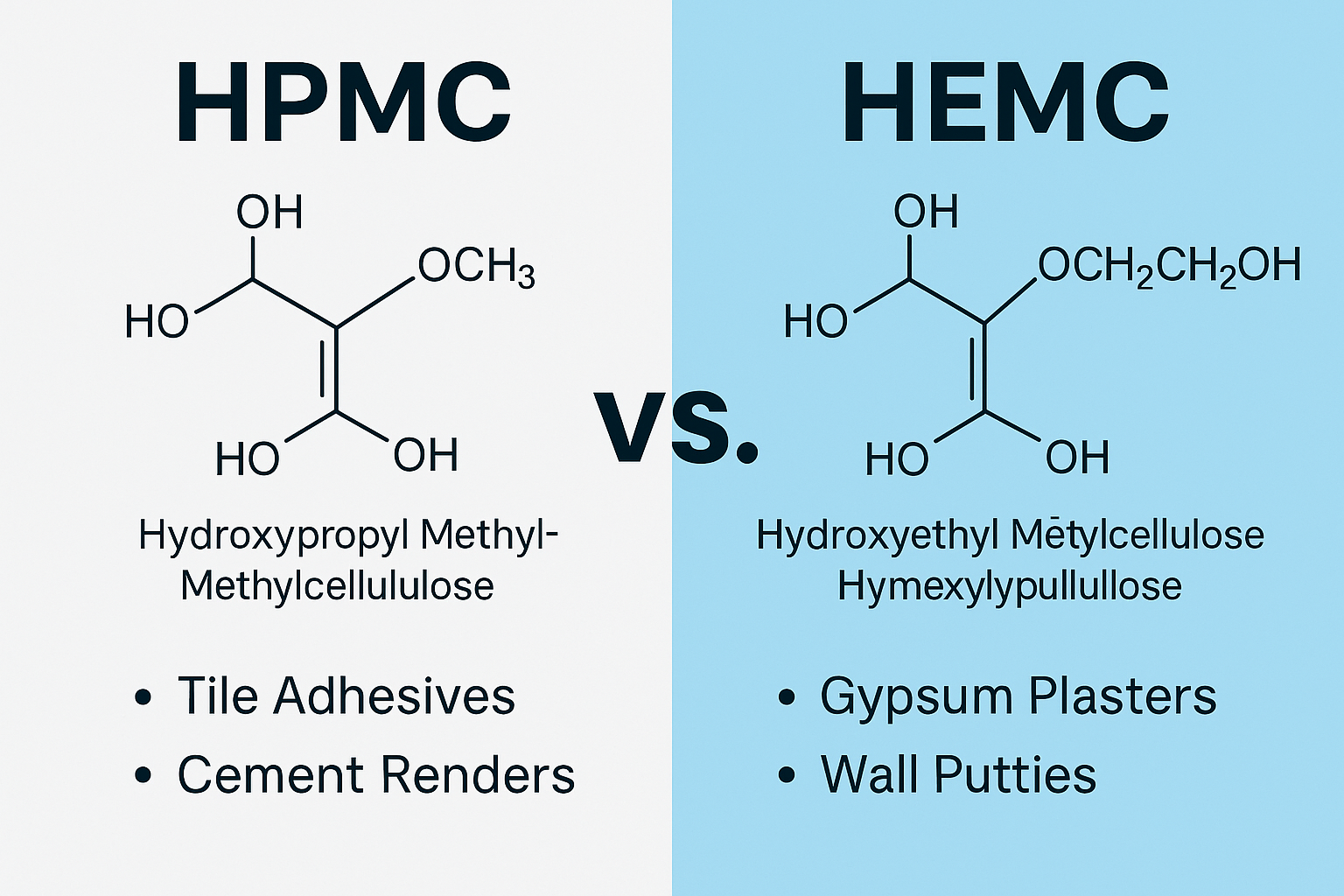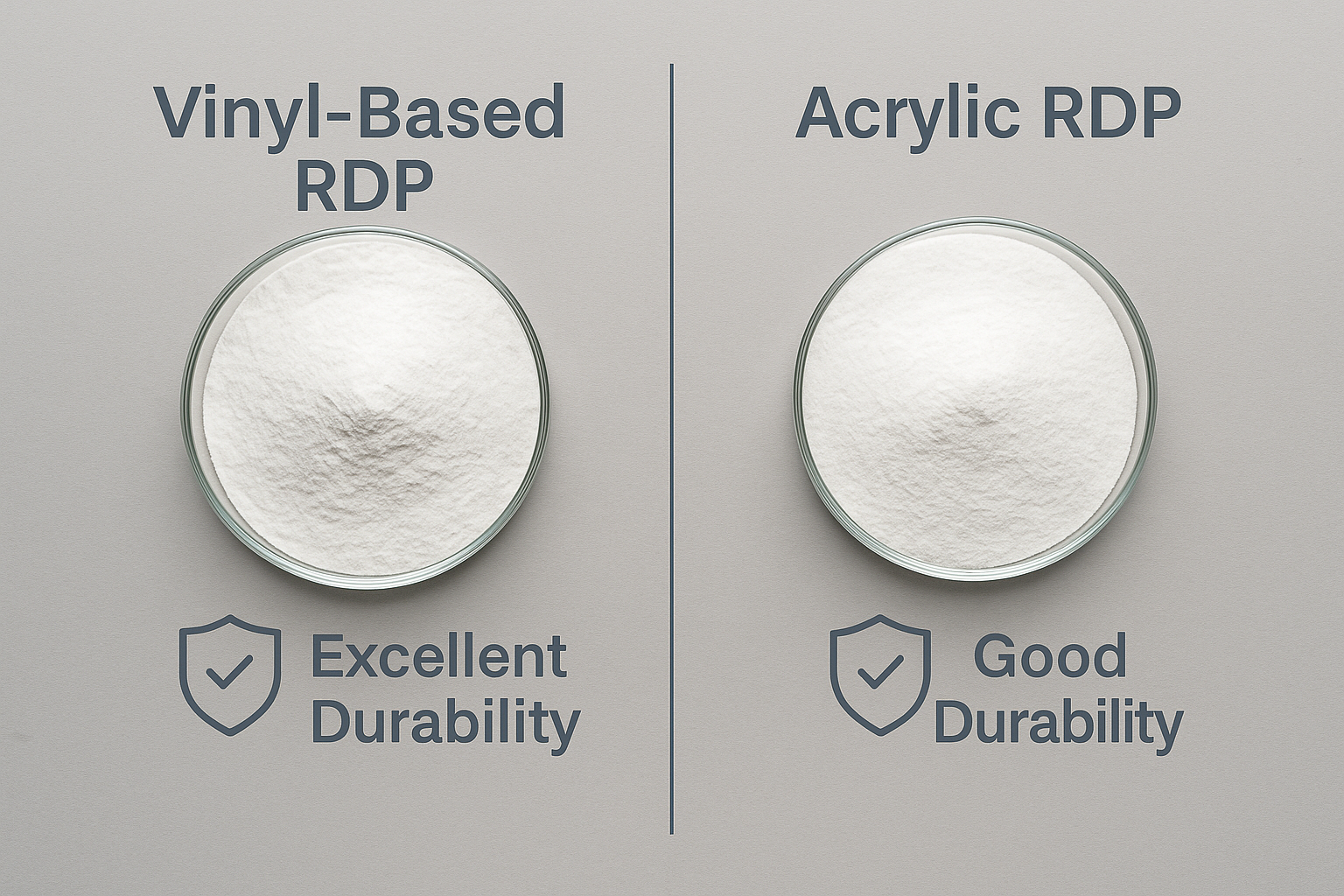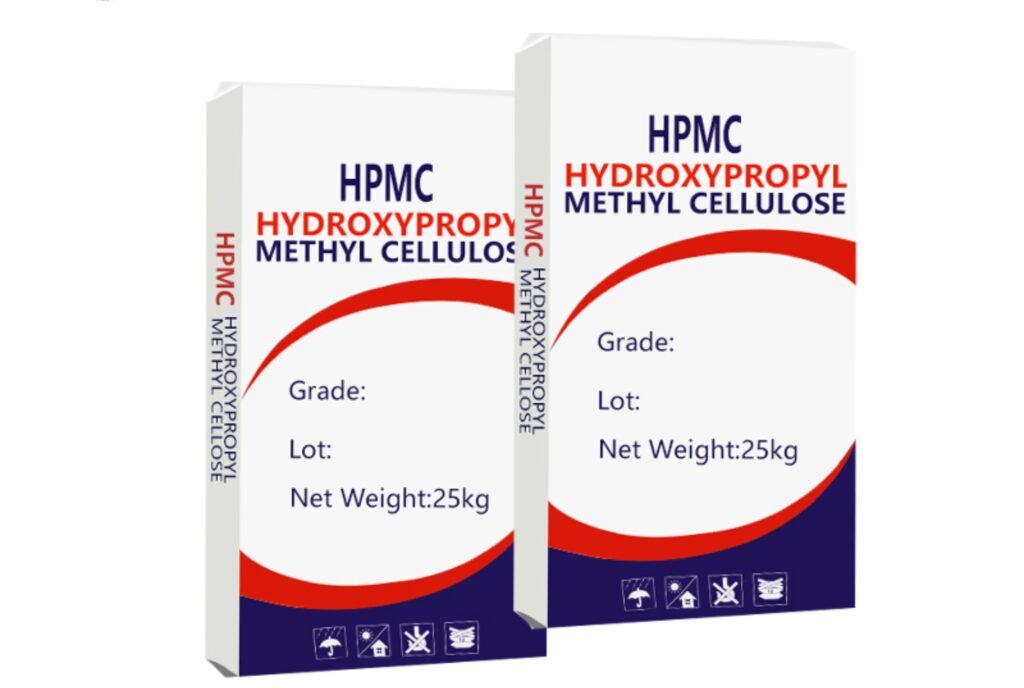Are you struggling with tile grout that cracks, shrinks, or lacks workability? I've seen many contractors waste time and money on inferior grout mixtures. Using the right additives like our HPMC1 can solve these problems instantly.
Unsanded tile grout is ideal for narrow joints under 1/8 inch wide and vertical surfaces. It contains cement, limestone, colorants, and HPMC1 (hydroxypropyl methylcellulose) as a key additive that improves water retention, workability, and adhesion while preventing shrinkage and cracking.
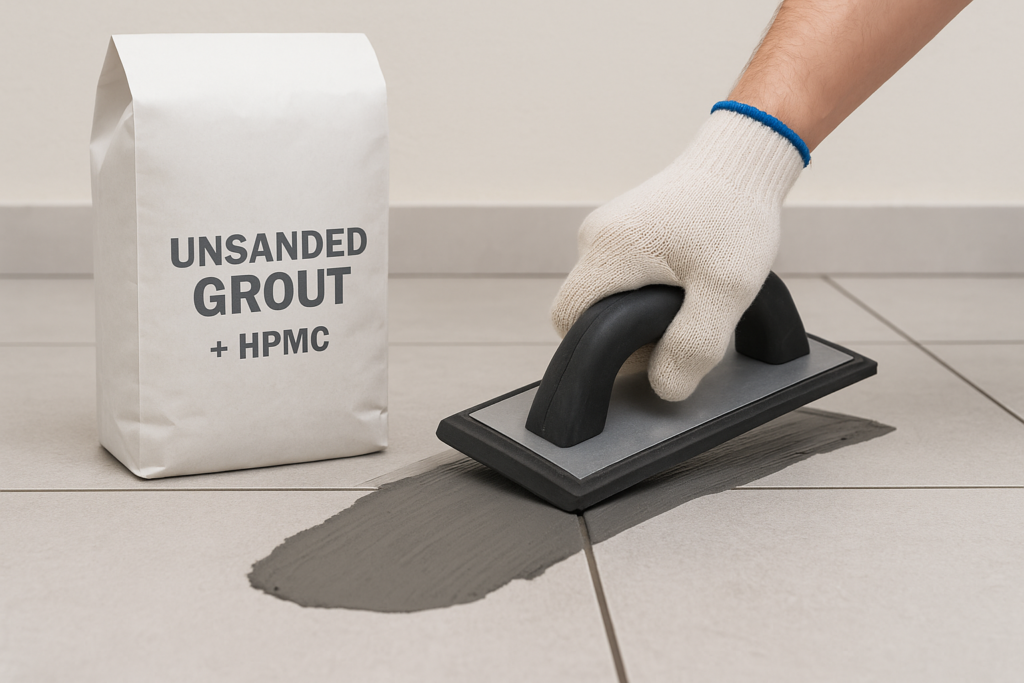
I've spent years testing different grout formulations at our factory. What I discovered is that the right additives make all the difference in achieving professional results. Let me share what I've learned about creating perfect unsanded tile grout2 with our WANHONG HPMC.
How Can Unsanded Tile Grout with HPMC Help You Achieve Your Desired Results?
Have you ever applied grout only to find it cracking or shrinking as it dries? I see this problem with many contractors who don't understand the importance of using quality additives like HPMC.
HPMC (hydroxypropyl methylcellulose) transforms unsanded grout performance by increasing water retention by up to 95%, improving adhesion strength by 30-40%, and extending working time to 45-60 minutes. This results in smoother application, fewer callbacks, and more durable installations.
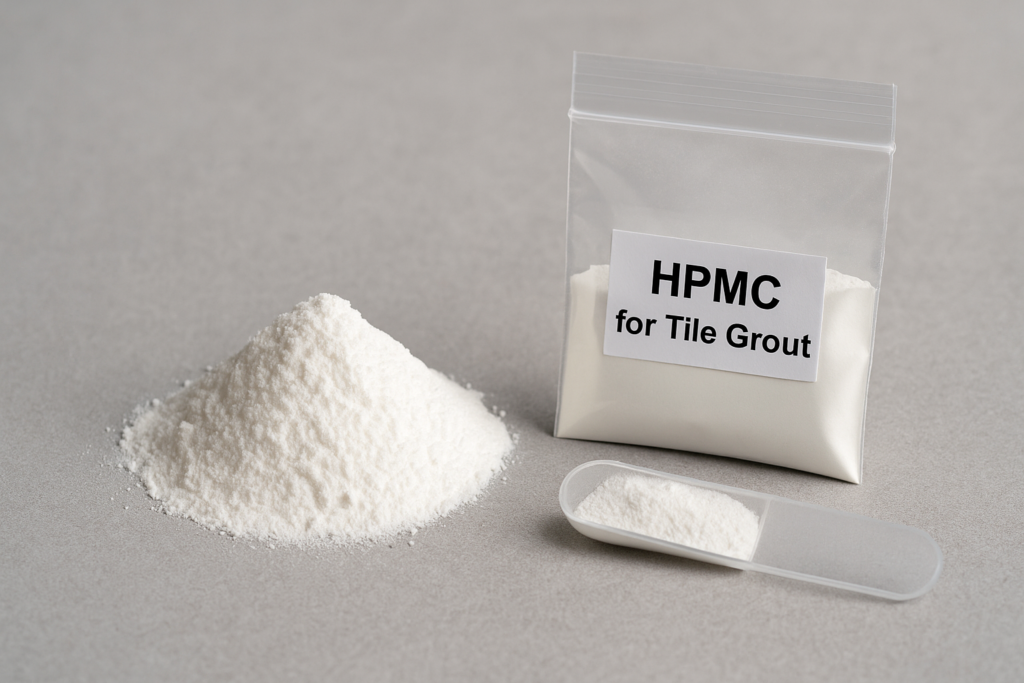
HPMC works as a miracle ingredient in unsanded tile grout. I've tested numerous formulations in our lab, and the difference is remarkable. When added to unsanded grout mixtures, HPMC creates a perfect consistency that's easy to work with and delivers exceptional results every time.
Our WANHONG HPMC1 comes in different viscosity grades (from 100,000 to 150,000 mPa·s), allowing you to customize your grout based on specific project requirements. For narrow tile joints in vertical applications, I recommend using our 150,000 mPa·s grade which provides excellent sag resistance and water retention.
The hydroxypropyl substitution in our HPMC ensures better water resistance compared to other cellulose ethers. This means your finished grout will resist moisture penetration, preventing mold and mildew growth—a common problem in bathrooms and kitchens that I've helped many clients resolve.
Another advantage I've observed is how HPMC1 extends the open time3 of grout. This gives installers more working time to clean excess grout before it hardens, resulting in cleaner, more professional-looking finishes. My customers in Saudi Arabia and UAE particularly value this property in their hot climate conditions where standard grouts dry too quickly.
What's the Ideal Unsanded Tile Grout Formulation for Professional Results?
Do you find yourself guessing at the right proportions when mixing grout? I used to experiment endlessly until I developed this formula through years of testing at our WANHONG laboratories.
The ideal unsanded tile grout formulation contains 25-30% white Portland cement, 60-65% fine limestone powder (200 mesh), 0.8-1.2% WANHONG HPMC (100,000-150,000 mPa·s), 0.2-0.5% retarder, 0.1-0.3% defoamer, and colorants as needed. This mixture achieves maximum strength and flexibility while preventing cracks.
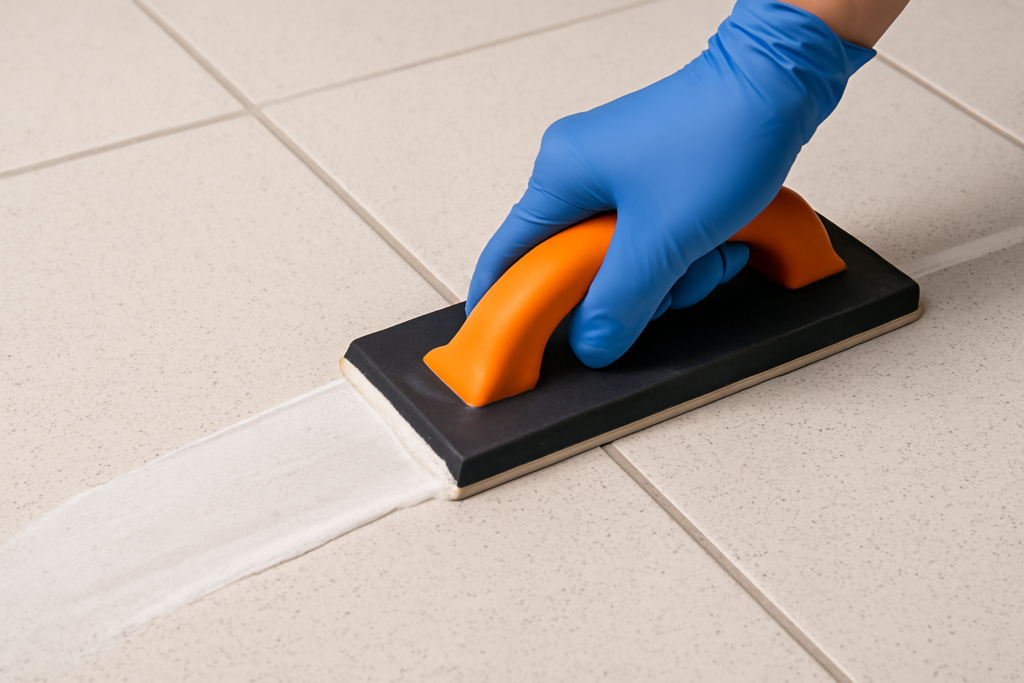
I've refined this formulation through years of hands-on testing and customer feedback from over 20 countries. The key to success lies in the precise balance of each component and the quality of the HPMC you choose.
The white Portland cement serves as the binding agent, creating the strong framework of the grout. I recommend using Type I white Portland cement for its consistent quality and purer color, especially important when creating colored grouts. Many of my customers in Mexico and Brazil prefer this for their decorative tile installations.
The limestone powder must be finely ground (200 mesh or finer) to ensure smooth application in narrow joints. Based on my experience with different sources, limestone with a calcium carbonate content above 95% provides the best results. I've seen many failed grout installations that used inferior fillers with high silica content, which reduces workability and bond strength.
WANHONG HPMC dosage is critical—too little leads to poor water retention and cracking, while too much causes excessive stickiness and prolonged setting times. Our technical team conducts free tests to determine the optimal dosage for your specific conditions. For hot climates like Saudi Arabia, we typically recommend a higher dosage (1.0-1.2%) while cooler regions like Georgia might use 0.8-0.9%.
Here's a comparison table I created from our lab testing results:
| Component | Function | Recommended Percentage | Impact if Incorrect |
|---|---|---|---|
| White Portland Cement | Main binder | 25-30% | Too high: brittle, Too low: weak |
| Fine Limestone Powder | Filler | 60-65% | Too coarse: rough finish |
| WANHONG HPMC | Water retention, workability | 0.8-1.2% | Too low: cracks, Too high: slow setting |
| Retarder | Controls setting time | 0.2-0.5% | Too high: extended curing time |
| Defoamer | Reduces air bubbles | 0.1-0.3% | Too low: pinholes in finish |
| Colorants | Aesthetic appeal | As needed | Inconsistent mixing: color variations |
How Can You Discover More Similar Applications for HPMC1 in Construction?
Are you limiting yourself to just using HPMC in grout? I've discovered that many of my customers are missing out on dozens of other profitable applications for this versatile additive.
HPMC can be used in tile adhesives (increasing bond strength by 40%), self-leveling compounds4 (improving flow characteristics), renders (enhancing workability), and decorative plasters (improving cohesion). The same HPMC grade can often serve multiple applications, maximizing your investment.
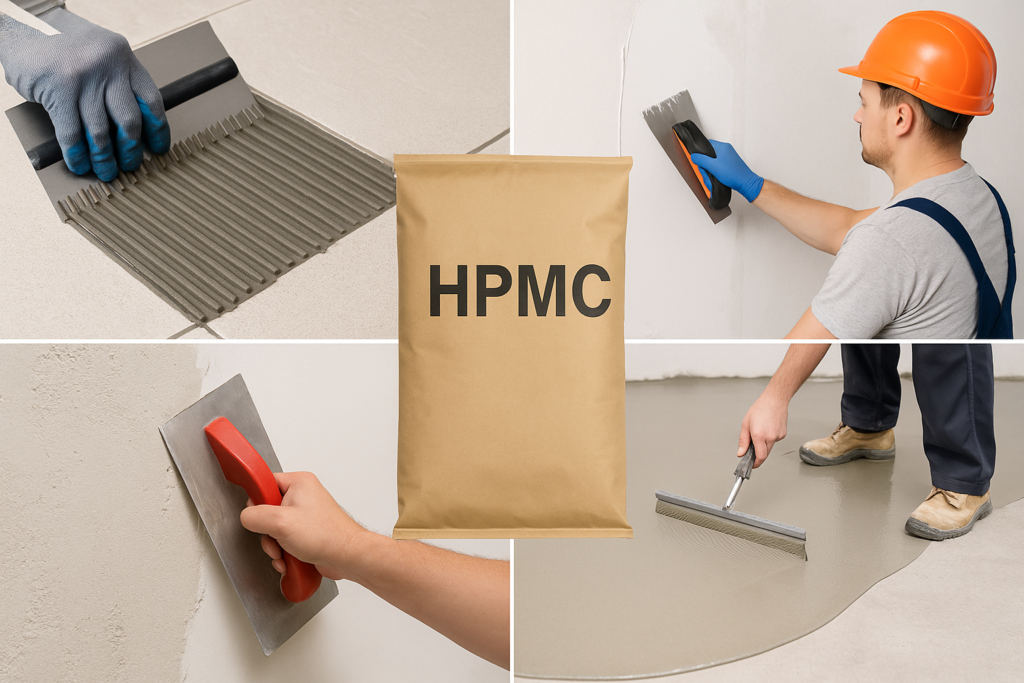
I started my journey with HPMC in simple grout applications, but quickly discovered its remarkable versatility across construction products. This discovery has helped many of my clients expand their product lines without significant additional investment.
One of my customers in Pakistan was initially purchasing our WANHONG HPMC only for tile grout production. After consulting with our technical team, they began using the same grade for their tile adhesive formulations with minor adjustments. Within six months, they increased their production volume by 35% while maintaining the same HPMC inventory levels.
The water retention properties that make HPMC excellent for grout also make it ideal for cement-based renders and plasters. In these applications, it prevents rapid water loss to porous substrates like concrete or brick, ensuring proper cement hydration and stronger final products. Our UAE clients have successfully used our HPMC to create renders that can withstand extreme desert conditions without cracking.
HPMC's thickening effect also creates excellent rheology in self-leveling compounds—providing initial flow to allow air release and self-leveling, followed by sufficient stability to prevent component separation. I've personally formulated self-leveling compounds using our 100,000 mPa·s HPMC that achieve perfect balance between flow and stability.
For decorative finishes like Venetian plaster, the extended working time provided by HPMC allows for creative techniques and smooth finishes. One of my clients in Brazil developed an entire line of specialty decorative plasters using our HPMC as the key workability agent, creating a highly profitable niche business.
Frequently Asked Questions About Using HPMC in Tile Grout
Do you have questions about using HPMC in your grout formulations? I hear these concerns from customers all the time and have compiled the most common questions with my expert answers.
HPMC begins working immediately upon mixing with water, creating a protective colloidal system that retains water. It's compatible with all standard cement types and colorants. Typical dosage is 0.8-1.2% of dry mix weight. Store it in dry conditions, and it maintains effectiveness for 2+ years.
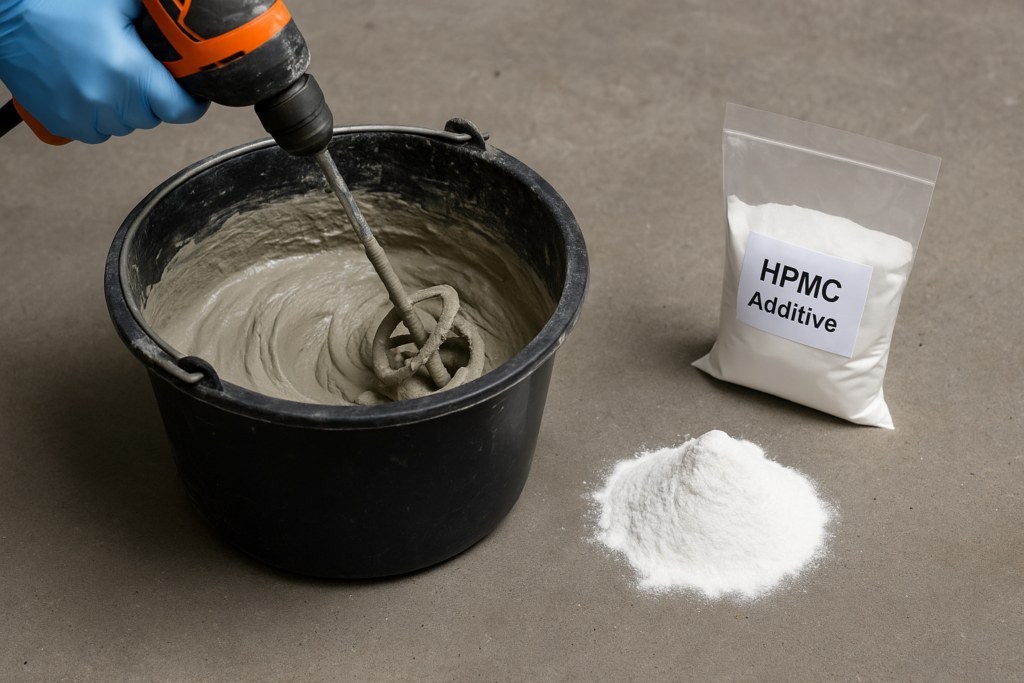
Through my years of supporting customers with technical issues, I've encountered virtually every question about HPMC in construction applications. Let me address the most common ones I receive.
Many customers ask about HPMC's compatibility with different cement types. I've tested our WANHONG HPMC with ordinary Portland cement, white Portland cement, and even specialized cements like calcium aluminate cement. In all cases, HPMC performs excellently without negative interactions. This versatility makes it ideal for different grout formulations targeting specific performance requirements.
Another frequent question concerns storage stability. Our HPMC products are designed for extended shelf life—I've tested samples from over two years ago that maintained full functionality. However, I always recommend storing HPMC in dry conditions and sealed containers to prevent moisture absorption. This is particularly important in humid environments like Vietnam or the Philippines, where some of our customers operate.
Regarding mixing procedures, I advise adding HPMC to the dry components first, mixing thoroughly, then gradually adding water. This "dry dispersion" method prevents lump formation and ensures uniform distribution throughout the grout mixture. For large-scale production, we can provide more specialized mixing recommendations based on your equipment specifications.
HPMC's effectiveness in different temperature conditions is another common concern. While standard grades work well between 50-90°F (10-32°C), we've developed special grades with modified hydroxypropyl content for extreme conditions. Our customers in Middle Eastern countries particularly appreciate our heat-resistant grades that maintain workability even above 95°F (35°C).
Lastly, customers often ask about health and safety aspects. Our WANHONG HPMC is non-toxic and environmentally friendly, making it safe for both installers and end users. It complies with all major international standards and can help your products achieve green building certifications, which has helped many of our clients access premium market segments.
Conclusion
WANHONG HPMC transforms ordinary unsanded tile grout into a professional-grade product with superior workability, crack resistance, and durability. By following our formulation guidelines and expanding to other applications, you'll achieve exceptional results that keep customers coming back.
-
Explore how HPMC enhances grout performance, ensuring better adhesion and durability for your projects. ↩ ↩ ↩ ↩ ↩
-
Learn about the advantages of unsanded tile grout for narrow joints and vertical surfaces. ↩
-
Understand the importance of open time for achieving clean and professional grout finishes. ↩
-
Learn about self-leveling compounds and their benefits in construction applications. ↩
